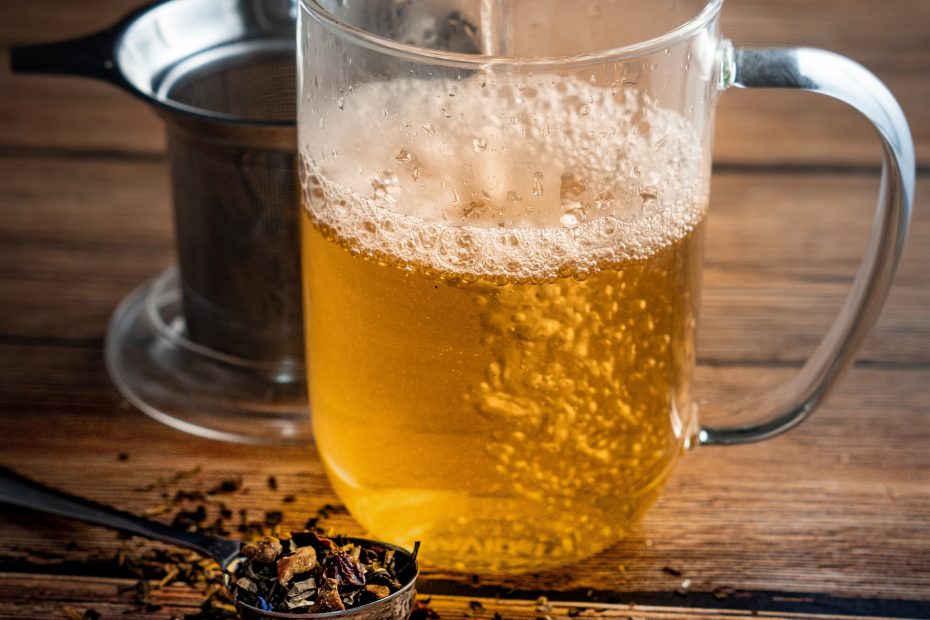Measuring water temperature using the visual method
One of the first steps in preparing a quality cup of tea is to heat the water to the appropriate temperature. Japanese greens, for example, like lower temperatures (50-70 °C), while oolongs, Chinese reds, Indian blacks, etc., are brewed with warmer water. How, then, can one tell if the water in the pot is at 70 °C rather than 85 °C without a thermometer? By listening and observing the water in the pot! This is called the sight method and is a technique that dates back to the days of ancient Chinese literati.
What Lu Yu’s Tea Canon Says
In fact, we find the first description of the method in The Canon of Tea, the oldest tea monograph in history, written by Lu Yu called the God of Tea in 758, the Tang Dynasty era:
“As for boiling, the one with bubbles like fish eyes and weak sound is considered the first boiling. That in which the bubbles, similar to pearls in a necklace, gather along the rim of the vessel as in a bubbling spring is considered the second boiling. The one resembling mounting billows and crashing waves is considered the third boiling. Past the third boiling, the water ages and can no longer be drunk.”
– Lu Yu
What The Water In The Pot Says
The shrimp eye
Pinhead-sized bubbles resembling shrimp eyes begin to rise to the surface. Steam is barely visible. The water temperature is 71-77° C and is OK for Japanese green teas.
Crab eye
Crab-eye-sized bubbles are present, and the steam rises in vertical flows. The water is 77-82° C, ideal for Chinese green teas and Darjeeling greens.
The fisheye
The bubbles are the size of pearls and there is much more steam present than in the crab’s eye stage. The water temperature is now 82-88° C, perfect for wulongs and white teas.
The pearl necklace
The bubbles appear to be flowing continuously in relation to one another. We are at 90-96° C: it is time for the black teas.
The raging torrent
The water is boiling with a steady stream of large bubbles, that is, it has reached 100° C. This is the temperature of the preparation of Puer, both the green ones called Sheng and the cooked ones called Shu.
